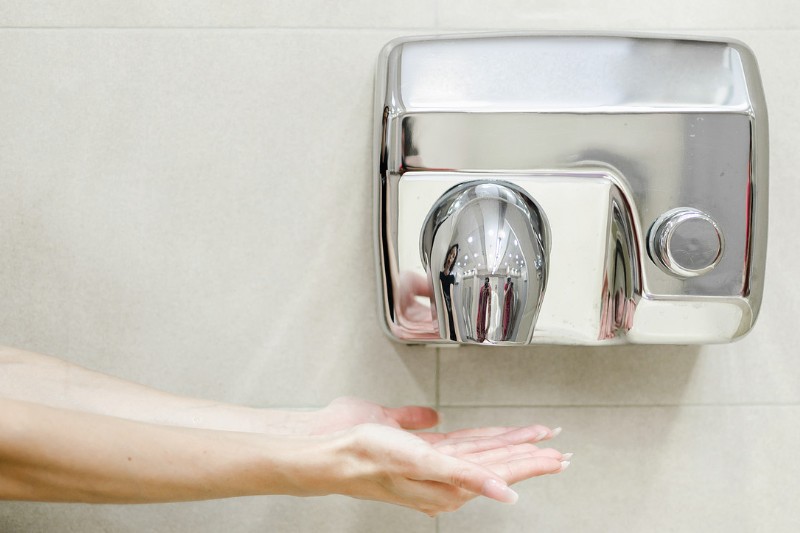When you go to a public toilet, the usual thing you do is wash your hands and use one of the blowing hand dryers to dry them. But just when you think you could be left with clean hands, we inform you, you got this one wrong.

Restrooms’ hand dryers don’t just blow air, they also suck material. When they suck in air, they also siphon in bacteria, which includes microbes that the human skin has on. Then, after taking these microbes up, the same hand dryer blows them out again, says a recent study.
Researchers at the University of Connecticut School of Medicine exposed their own public toilets for the experiment.
They discovered that the air-blowing hand dryers were generating invisible bacteria in the air. Moreover, the bacteria wasn’t passing only onto people’s skin, thanks to the air-blowing technology, it was spreading through the whole building as well.
Former studies on the topic have revealed how hand dryers can pass bacteria from hands into the air.
For the purpose of the study, researchers used 36-glucose-coated plates in public toilets. First, the dryers were off and next, the dryers were on.
For the first test, the researchers saw little evidence of bacteria, for about six colonies per plate.
However, when they turned on the dryers, along with the air was blowing bacteria as well, with as many as 60 colonies on each plate.
The researchers then examined the interior of the dryers to see if there is any internal microbial accumulation. They found out that some bacteria, however, not even nearly enough as the dryers’ airflow distributed.
One way to reduce the bacterial blow in public restrooms are hand dryers with HEPA filters, say scientists.
However, some bacteria will still be distributed, including potential pathogens, according to the conclusion of the researchers.


